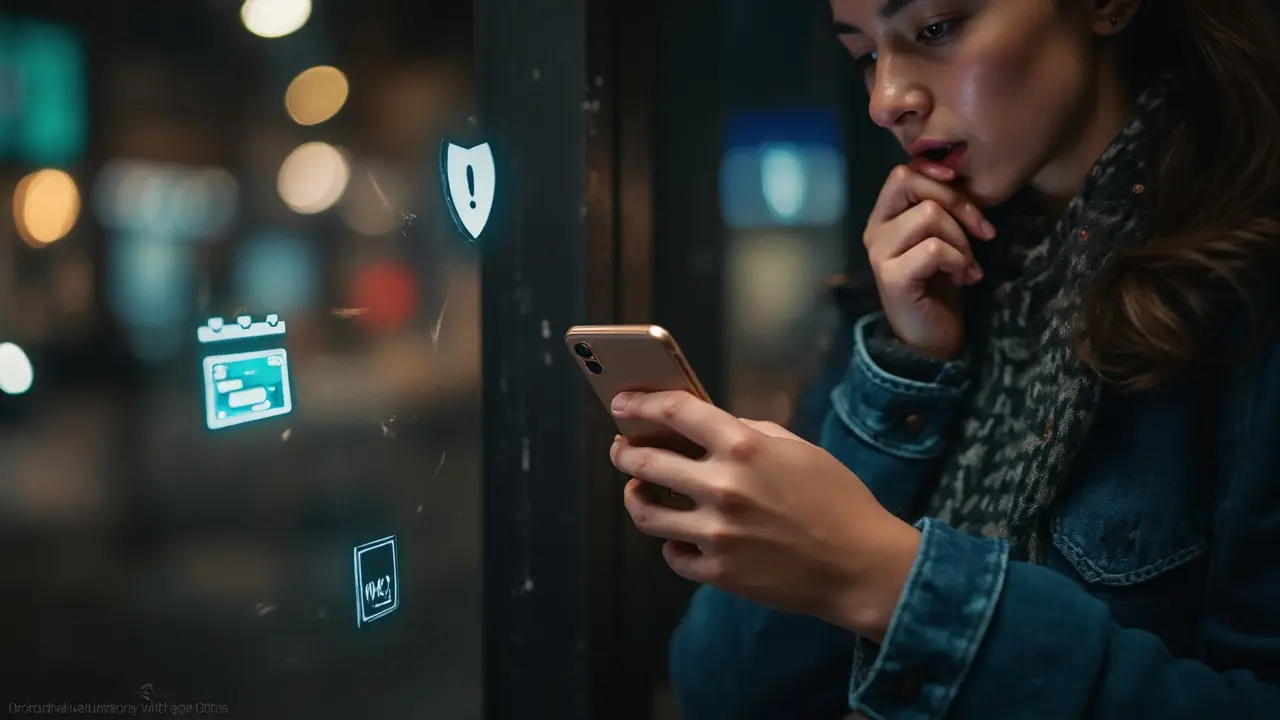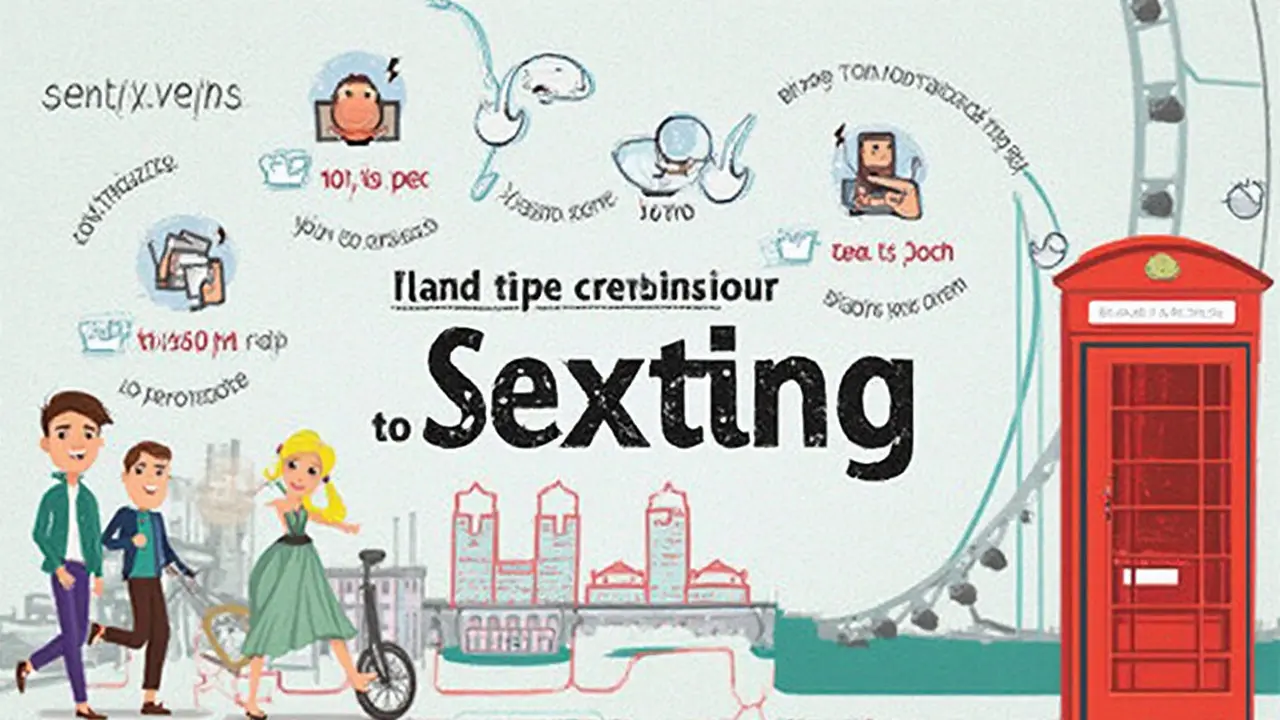Picture this: Your phone buzzes with a message that’s more than just a meme or a ‘hey’. It’s flirty, maybe risky, maybe even a bit scandalous. Sound familiar? Sexting isn’t some rare digital unicorn—it’s woven into modern relationships for a lot of people, sometimes as natural as texting what you want for dinner. But what’s really going on every time you see that word splashed across headlines or whispered between friends? Sexting is a lot more complicated than just sending a cheeky pic. There’s excitement, danger, freedom, and risk all crammed into a single emoji or photo—and it’s time to talk honestly about all of it.
What Sexting Actually Is—and Isn’t
Sexting is short for 'sex texting'. It covers messages, photos, videos, voice notes—anything sent digitally with sexual content or undertones. It's not just sharing nude photos, although that's probably the first image that pops into your head. Sexting could be a suggestive wink in a WhatsApp chat, a late-night Snapchat you've thought through, or even a cheeky compliment that goes just a tad too far. Some people do it as playful fun, others as serious intimacy. And here's a fact that often surprises: according to a 2023 study from the University of London, about 37% of people aged 18-30 reported sending or receiving some kind of sext over the past year, and not always in romantic relationships—many said they did it as a way to flirt or build confidence.
Now, let’s clear up a big misunderstanding—sexting is always consensual. If someone pressures, tricks, or shares your private messages without permission, that's not just uncool; it’s a breach of trust that could be illegal, especially if it crosses into sharing images of minors (that’s child pornography under UK law, no exceptions). For adults, the legal lines are blurrier, but consent is always at the core of healthy digital flirting. Just because technology changed the way we communicate doesn’t mean it wiped out respect.
Some people argue sexting is just a modern take on love letters, while others see it as dangerous or even addictive. The reality? It’s a tool—and how you use it matters most. Sexting can heat up a long-distance relationship, spice up an old flame, or let you express what’s hard to say in person. But it can also be used for manipulation or coercion if the rules of respect and honesty aren’t followed.
Not everyone is doing it, even if the internet makes it seem like everyone is. It's also not just for teenagers or twenty-somethings: a recent Ofcom report from 2024 showed British adults aged 30-54 sext almost as much as people in their twenties—proof that digital intimacy isn’t limited by age.
Why Do People Sext?
The reasons are as varied as people themselves. Sometimes sexting is about craving connection, especially when miles or even continents apart. It can fill in gaps when hugs and kisses can’t happen face-to-face. Some people say it helps them explore their sexuality in a safer space before they’re ready for anything in person. Others just love the thrill—flirting at its hottest, with the power to control exactly how much you reveal.
Then there’s real-life pressure: couples separated by work, students testing the dating waters, or even parents hiding from kids in the next room. The pandemic turbocharged remote everything, including romance. According to a 2024 survey from Tinder UK, nearly half of people admitted their sexting increased after lockdowns started. It’s not always about sex itself, though. Sometimes it’s about ego boosts. Who doesn’t love feeling wanted?
There's also the idea that sexting helps with building trust—if you know your messages won't end up all over social media, you might actually feel closer. But not all trust is well-placed. A common risk is one person screenshotting or saving messages, only for things to go sideways after a breakup or argument. It’s that mix of adrenaline and vulnerability that makes sexting unpredictable, and why it’s not for everyone.
Peer pressure plays a part too, especially for teens and young adults. If you hear everyone else is sexting, the urge to join in can get pretty strong. But behind closed screens, some people sext just once and never again, while others make it part of their week. Basically, there’s no ‘normal’ amount, and anyone telling you otherwise probably isn’t being honest.

The Real Risks of Sexting—And How to Stay Safer
This is where everyone’s gut drops a bit, and for good reason. Sexting isn’t all fun and games if things go wrong. Privacy slips are the biggest fear. Screenshots, hacked phones, lost devices—suddenly something private can go public with a single accidental tap. Around one in six British adults who’ve sexted say their images were shared without permission at least once, according to a government report released in late 2023.
Then there's blackmail, or 'revenge porn'—sharing intimate messages or images to shame, control, or get back at someone. UK law now makes non-consensual sharing of private sexual photos or videos a criminal offence, and courts can order sites to remove them. But once something is out there, it’s tough to claw it back completely. Even messaging apps that claim 'disappearing messages' don’t protect you if the other person takes screenshots.
If you’re worried, some tips go a long way:
- Don’t include your face or any unique identifying marks like tattoos if you send photos. Your privacy matters most.
- Turn off automatic cloud backups for apps used to send sensitive messages. Otherwise, your images could sync somewhere you didn’t expect.
- Double-check who you’re sending to. Group chats can be hazardous if you’re not careful with your taps.
- Use encrypted messaging apps, like Signal or WhatsApp, but still assume nothing you send is 100% secure.
- If you’re under 18, don’t send intimate images—British law is crystal clear here, even if both parties are the same age. The risks include police involvement, not just awkward moments.
It’s also smart to set clear boundaries with the person you’re sexting. Talking about what’s okay and what isn’t might feel awkward, but honesty now saves headaches later.
Here’s a look at the most common sexting risks and how often they happen, based on UK data from 2024:
| Risk | Percentage of Adults Affected |
|---|---|
| Images leaked without consent | 17% |
| Pressure or coercion to sext | 12% |
| Receiving sexts without asking | 22% |
| Catfishing or scams | 8% |
| Blackmail or threats | 5% |
Consent, Boundaries, and Respect—Golden Rules of Sexting
Sure, technology changed the rules, but the basics of good relations never get old. Consent is the center of sexting, just like it is in real life. That means you say yes—enthusiastically, not out of pressure or guilt. And you listen for your partner’s real yes too. If anyone seems unsure, that’s your cue to slow down.
Talking about boundaries sounds formal, but it’s actually just common sense. Before anything risky, ask each other what’s cool and what’s off-limits. Some people are up for flirty texts but never photos. Others like pictures, but with strict no-sharing, no-saving rules. Only do what you’re both okay with—no pressure. And if someone changes their mind later, respect it.
If you accidentally send something to the wrong person, or if you feel unsafe, don’t stay quiet. There are ways to report and even sometimes delete mistaken messages with the right apps. If it’s more serious, like blackmail or sharing without consent, UK law sides with victims now, so don’t hesitate to get help from police or trusted support lines.
For parents and teachers, opening up honest conversations about sexting might feel awkward, but dodging the topic just breeds confusion and fear. Most young people say they’d rather ask questions and learn from adults they trust than get their info from TikTok or mates. Guidance beats shaming, every time.

Smart Sexting: Keeping Control in Your Digital Love Life
If you choose to sext, you’re not alone. But remember: digital footprints are stubborn things. Here are some practical hacks to keep your privacy locked down and your peace of mind intact:
- Use apps with strong encryption, but know their limits. Snapchat and Instagram stories might delete after a while, but nothing stops screenshots unless the app blocks them—and even then, cameras exist.
- Consider using creative ways to hide identity. Cropping, blurring faces, or using fun filters can add a layer of mystery and safety.
- Store sensitive content in secure, password-protected files—or better yet, don’t save them at all.
- If you break up, ask partners to delete anything you sent. Most people are reasonable if you ask kindly.
- Stay alert for scams and phishing. Strangers asking for nudes or posing as someone you know are common tactics—double-check before sending anything sensitive.
- Know your rights. If your images get shared without consent, you can file for content removal and pursue legal action in the UK.
Lots of couples share sexts just for fun, but if you’re not sure how you’ll feel in an hour or a year, wait. The internet’s memory lasts longer than any argument or fling. Also, trust your gut. If something feels off, it probably is. And if texting is all about boosting your confidence or intimacy, you deserve that—but only on your own terms.
It’s not about shaming or making anyone feel weird for what two (or more) consenting adults want to try. The secret is balancing excitement with caution, and knowing that sexting isn’t wrong, it’s just personal. Make it a positive thing by taking control, communicating honestly, and never forgetting your own boundaries. Don’t let anyone—boyfriend, girlfriend, random online—tell you what’s ‘normal’. You set the bar for your own digital love life. And sometimes, that’s the most confident move of all.

